How do Katim Coffee varieties brew Katim Coffee in Yunnan, China?
Qianjie Coffee grows mainly iron pickup and a small amount of bourbon in Yunnan coffee bean plantations. Yunnan coffee varieties are mainly mixed-race Katim coffee beans infected with Robusta gene, which is very different from the traditional Tibica in the major coffee producing areas. Katim won the top 10 gold medals in the domestic Yunnan raw bean competition. on the contrary, it is the quality of the undisputed Arabica varieties can not be seen, because there are so few people, which gives people the impression that Katim in Yunnan should not be underestimated. Ted Lingle, a senior consultant to CQI in the United States, said that Yunnan Katim species can increase aroma and extract alcohol at a high altitude of more than 1500 meters, coupled with appropriate post-processing, the color of the taste spectrum will not lose to the traditional old varieties. Yunnan coffee spread against this background. At present, the main coffee varieties cultivated in Yunnan are Katim, Tippika, bourbon, Kaddura, Kaduai and so on. But almost all I see on the market is Katim. So now Yunnan small grain coffee refers to Yunnan Katim.
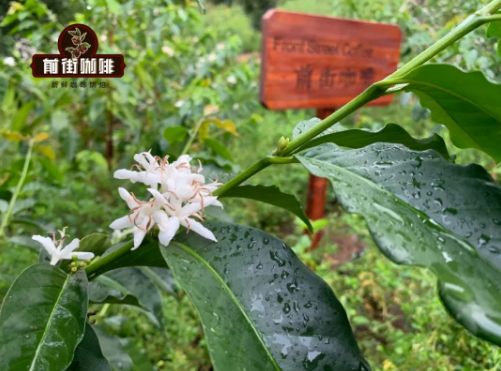
Katim variety (small grain coffee)
In 1959, the Portuguese mixed Brazilian Kaddura and Timo to cultivate the disease-resistant Katim / Katimo, which is now an important variety of commercial beans. Coffee is a short-day plant. Coffee has the characteristics of multiple flowering and concentrated florescence. The florescence of small seed coffee in Yunnan is from February to July, and the flowering period is from March to May. The flowering of coffee is greatly affected by climate, especially rainfall and temperature. Coffee flowers have a short life span of only 2-3 days. Small seed coffee usually opens at 3: 5 in the morning, and it takes a long time for the fruit to bloom from 5 to 7 in the morning. It takes 8 to 10 months for the fruit of small seed coffee to mature, usually from October to December of the year. Rainfall has a great influence on fruit development, and climatic conditions directly affect fruit.
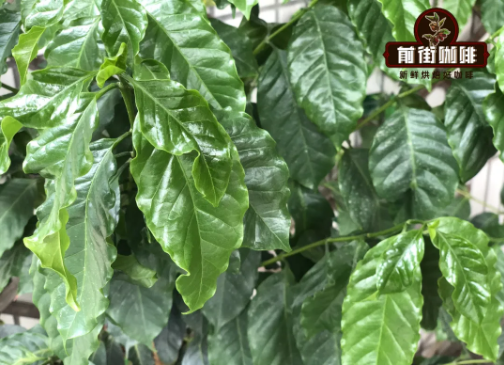
Katim is a hybrid of Kaddura and Timor-don't be confused with Kaddura and Kaduai. This highly resistant plant has the ability to resist coffee leaf rust, so it was widely planted in Latin American countries in the 1980s. Unfortunately, because the Timorese species (also known as the Alabasta species) is the product of a natural cross between the Tibica Arabica species and the Robusta species, although the latter can give it disease resistance, the delicate taste of the Arabica varieties has disappeared.
Katim small-grain coffee is suitable for growing in the mountains of 800-1800 meters above sea level. If the altitude is too high, it will taste sour, and if it is too low, it will taste bitter. Katim small grains of coffee are mostly planted in dry and hot valleys about 1100 meters above sea level, so they are moderately sour, rich and mellow. There is a unique environment suitable for the growth of small seed coffee in many areas of Yunnan, and the quality of small seed coffee is excellent.
Yunnan planting area
The planting areas are mainly distributed in Lincang, Baoshan, Simao, Xishuangbanna, Dehong and other states. The average temperature of Baoshan is 21.5℃, and the highest is 40.4℃, which is basically frost-free all the year round. It is recognized as the best producing area of small-grain coffee. The small-grain coffee cultivated here is famous at home and abroad for its strong but not bitter, fragrant but not strong, well-proportioned small noodles, mellow and fruity. International Coffee Organization tasting experts evaluate Yunnan coffee as a kind of small seed coffee processed by Colombian wet method, and it is a good quality coffee in the world.
On behalf of coffee beans-Qianjie coffee Yunnan small grain coffee
Producing area: Baoshan, China
Altitude: 1200m
Treatment: washing treatment
Variety: Katim
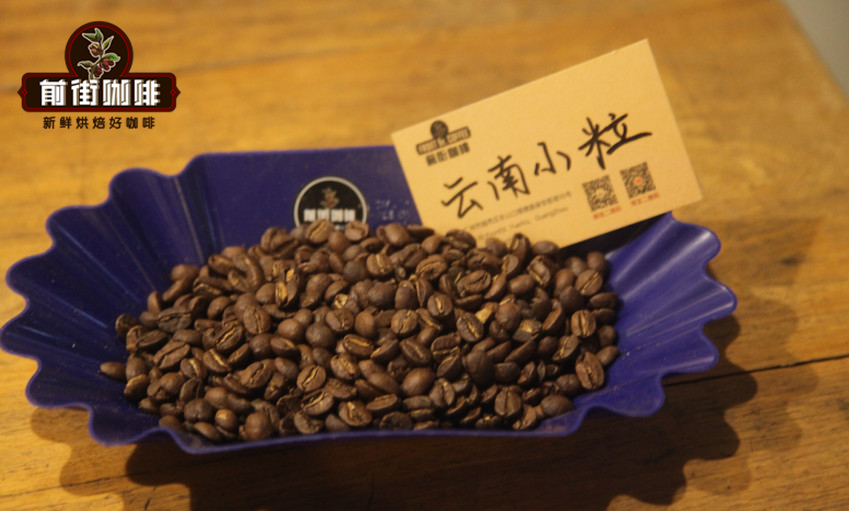
Yunnan small grain coffee treatment method
Because of the perennial rainy season and unstable climate, most coffee beans in Yunnan are treated with water washing.
After harvest, the berries are either sent directly to the pulp collector (if the harvest is done well), or concentrated in a siphon tank filled with water. The berries are washed and separated in this jar. The stone sank to the bottom of the jar and was picked up by hand when the jar was emptied. Lighter berries float on the water and are removed with a hedge along with leaves and twigs. The berries suspended in the water are then recovered by a siphon and transported to the pulp collector.
Qianjie baking suggestion
Roaster Yangjia 800N (baking capacity 300g)
The furnace temperature is 190 ℃, the firepower is 120, and the throttle is set at 3; the temperature recovery point is 1 ", and the throttle is opened to 4 at 145℃, and the firepower remains unchanged; when the furnace temperature is 166℃, the bean watch turns yellow, the grass smell disappears completely, and enters the dehydration stage. When the furnace temperature reaches 188℃, the firepower is adjusted to 60 ℃, and the throttle is 5.
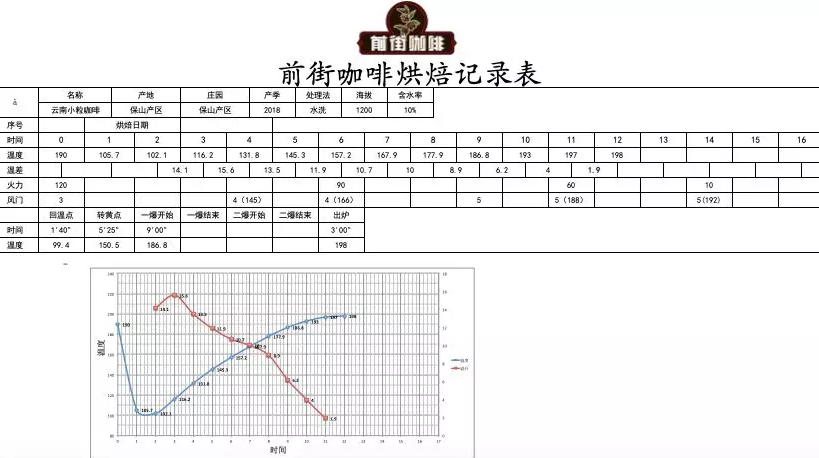
The smell of toast obviously changes to the smell of coffee, which can be defined as a prelude to an explosion. At this time, it is necessary to listen clearly to the sound of the explosion point. When the sound of the explosion point begins to explode, the throttle will remain unchanged. After an explosion, the development will take place for 3 minutes and 198 ℃ will be put into the pot.
Test results of Qianjie coffee cup
The entrance is supple, the aroma of Asian herbs is lively and bright, the acidity is soft, mellow and balanced, the layers are rich, and the taste of dark chocolate, honey and sucrose is obvious. After complete cooling, brown sugar flavor.
The suggestion of cooking in Qianjie
Qianjie Coffee considers that Yunnan small-grained coffee uses a medium-shallow roasting method, which will use a filter cup with higher water temperature and faster flow rate, mainly because it is extracted with bright acidity at high temperature, but it does not want to be over-extracted because of high temperature. therefore, we choose the V60 filter cup with fast flow rate and the water temperature of 90-91 degrees.
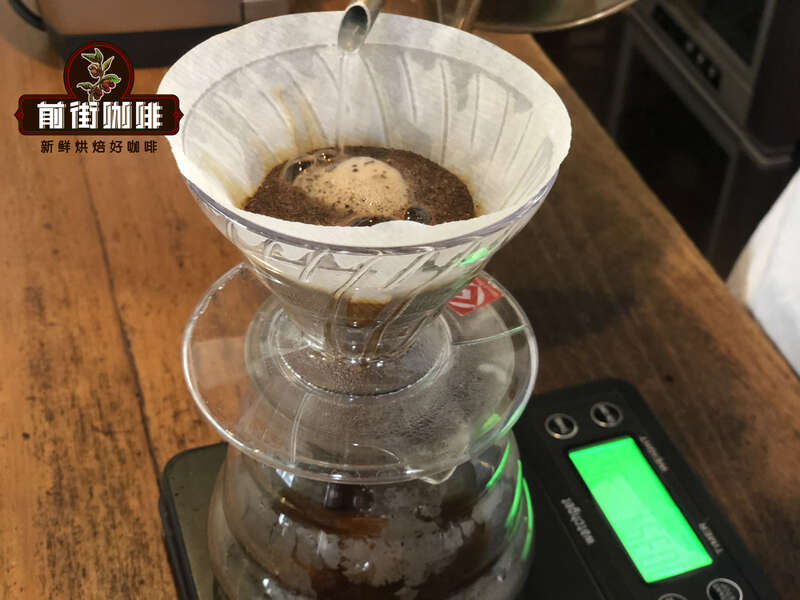
Qianjie coffee brewing parameters
Filter cup: HARIO V60
Water temperature: 90ml, 91 degrees.
Degree of grinding: BG#6m (size of fine sugar)
Ratio of powder to water: 1:15
Qianjie cooking technique: the first section is filled with 30 grams of water for 30 seconds, followed by 95 grams (the electronic scale shows that about 125 grams), and the injection is completed in about 1 minute. When the water level drops to the powder layer 2 gram 3, inject the remaining 100 grams (about 225 grams shown by the electronic scale), about 1 minute and 40 seconds. 1: 55 "~ 2: 00" titration is completed, remove the filter cup, and complete the extraction.
[Yunnan small grain coffee brewing flavor]: it smells nutty, with herbs, chocolate, caramel and a hint of acidity in the finish.
Important Notice :
前街咖啡 FrontStreet Coffee has moved to new addredd:
FrontStreet Coffee Address: 315,Donghua East Road,GuangZhou
Tel:020 38364473
- Prev
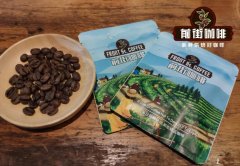
How to use the brewing coffee bag to make cold extract coffee?
Hand-brewing coffee is now almost a compulsory course for coffee lovers. Of course, some people do not want to buy so many coffee utensils. Qianjie Coffee is not easy for more guests to drink delicious fresh coffee beans at home. At the same time, it is not easy to spend too much effort and elegance, adding several different kinds of hanging-ear coffee. This time Qianjie is coming.
- Next
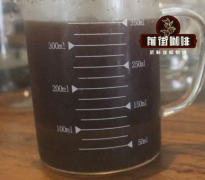
Cold extract coffee production ratio how to use ear bag cold extract bag to make cold extract coffee?
Cold coffee has always been loved by coffee lovers. Cold coffee is easy to make and can be made easily at home and in the office. This time, Qianjie will talk about the proportion of cold extract coffee and introduce three ways of making cold extract coffee. The extraction principle of cold-extracted coffee cold-extracted coffee is produced by slow extraction after mixing coffee powder and ice water in a certain proportion. Cold extraction
Related
- Beginners will see the "Coffee pull flower" guide!
- What is the difference between ice blog purified milk and ordinary milk coffee?
- Why is the Philippines the largest producer of crops in Liberia?
- For coffee extraction, should the fine powder be retained?
- How does extracted espresso fill pressed powder? How much strength does it take to press the powder?
- How to make jasmine cold extract coffee? Is the jasmine + latte good?
- Will this little toy really make the coffee taste better? How does Lily Drip affect coffee extraction?
- Will the action of slapping the filter cup also affect coffee extraction?
- What's the difference between powder-to-water ratio and powder-to-liquid ratio?
- What is the Ethiopian local species? What does it have to do with Heirloom native species?

